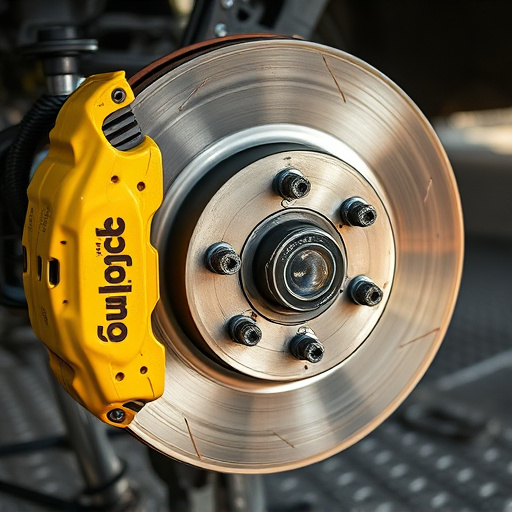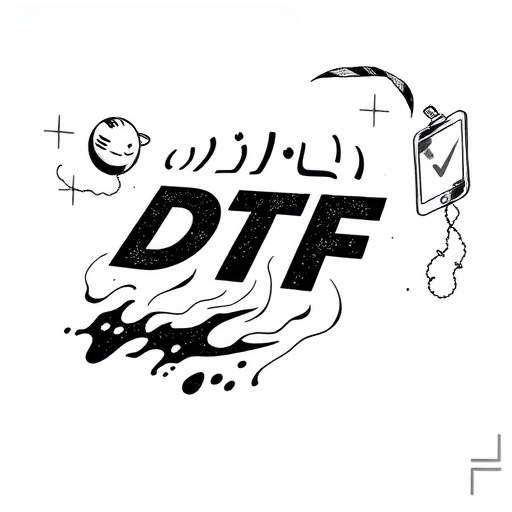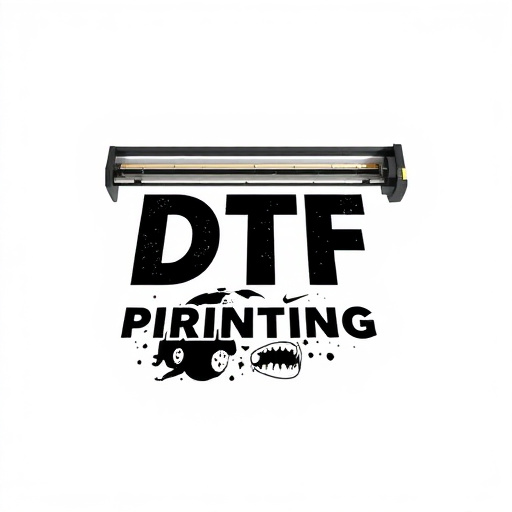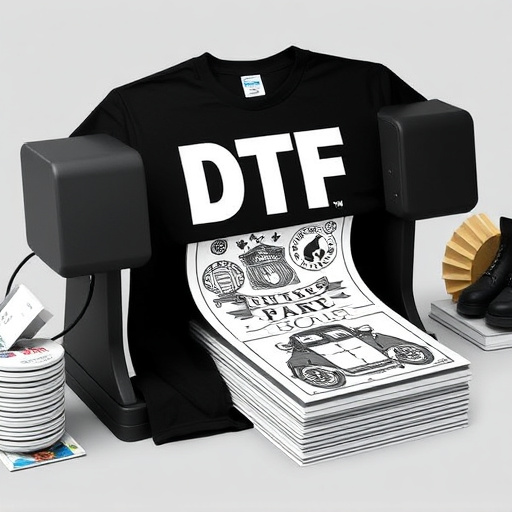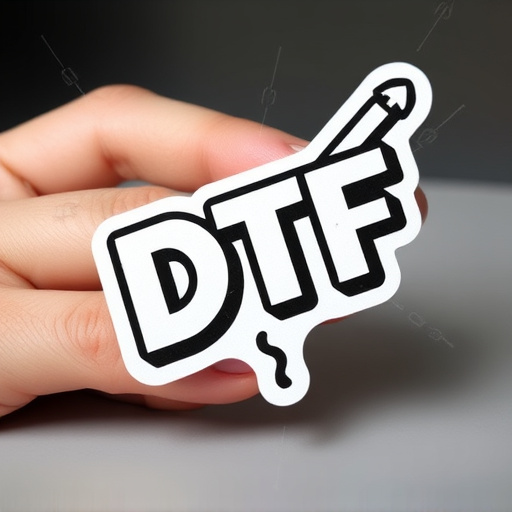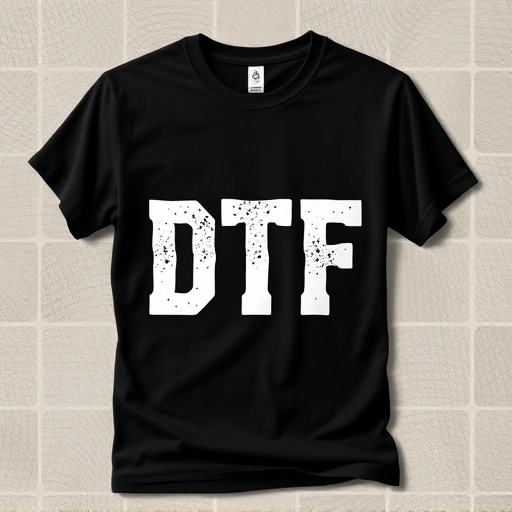Custom DTF Transfers Ready to Press offer designers a straightforward method for creating high-quality prints on diverse materials. With superior vinyl and adhesive backing, they ensure vibrant colors and long-lasting adhesion when used with a heat press. Proper storage methods, including sealing, avoiding direct sunlight, and keeping them in cool, dry places, maintain their quality. For safe shipping, transfer packages must be carefully prepared using acid-free sleeves, sturdy envelopes, bubble wrap, and resealable tape. Custom heat press sheets further safeguard transfers during pressing.
Shipping custom DTF transfers safely is essential to preserving their quality and ensuring customer satisfaction. This article guides you through the process, from understanding these unique printing materials and proper care to mastering packaging tips for secure transit. We’ll delve into best practices to protect delicate transfer designs, ensuring your ready-to-press DTF transfers arrive intact and vibrant.
- Understanding Custom DTF Transfers: Materials & Care
- Packaging Tips for Safe Shipping of DTF Transfers
- Best Practices for Protecting Delicate Transfer Designs
Understanding Custom DTF Transfers: Materials & Care
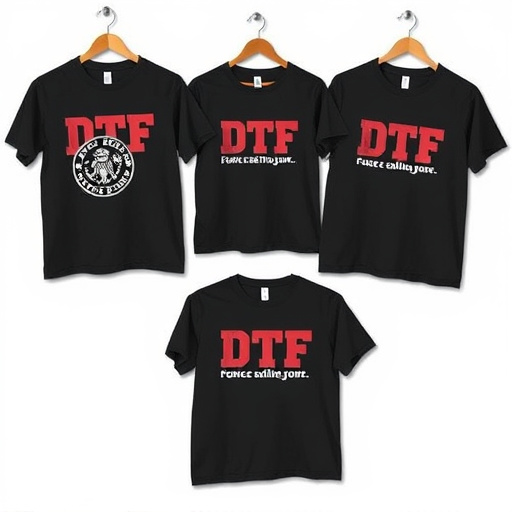
Custom DTF Transfers Ready to Press are a cutting-edge solution for designers and businesses looking to create unique, high-quality prints on various materials. These transfers are designed for ease of use; simply apply them to your substrate using a heat press, and voila! Your design comes to life. The key to their success lies in the materials used: top-quality vinyl with an adhesive backing that ensures long-lasting adhesion and vibrant color reproduction.
Understanding the care required for these custom DTF Transfers is essential. Proper storage involves keeping them sealed and away from direct sunlight to prevent fading. When not in use, store them in a cool, dry place to maintain their integrity. This meticulous attention to detail guarantees that your DTF printing for t-shirts remains crisp and vibrant, ensuring customer satisfaction with every order.
Packaging Tips for Safe Shipping of DTF Transfers
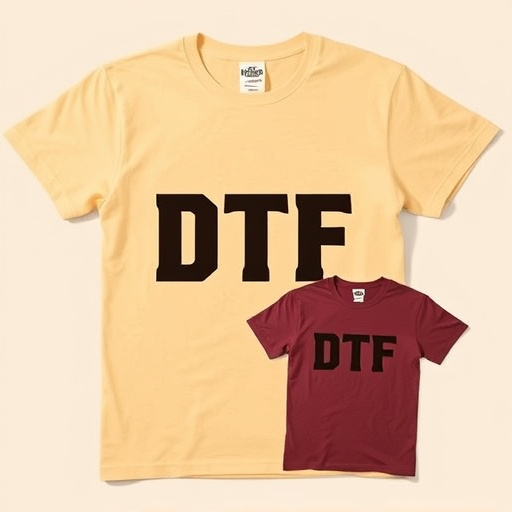
When packaging Custom DTF Transfers Ready To Press for shipping, care should be taken to ensure their safe arrival at the recipient’s location. Start by placing each transfer in a protective sleeve or envelope, preferably made of acid-free paper or plastic, to shield it from any moisture and direct contact with other items. This simple step prevents transfers from becoming damaged or distorted during transit.
Next, insert the protected transfer into a sturdier mailing envelope or box. Ensure that the packaging material used is robust enough to withstand rough handling without compromising the integrity of the transfer. Consider using bubble wrap or tissue paper to fill any gaps, offering added cushioning and protection. Secure the package with strong adhesive tape, sealing it tightly to prevent opening during transit. Remember, a well-packaged DTF transfer, whether for heat press application on dark fabrics via dtf printing techniques or other purposes, stands a better chance of arriving intact, ready for its intended use.
Best Practices for Protecting Delicate Transfer Designs
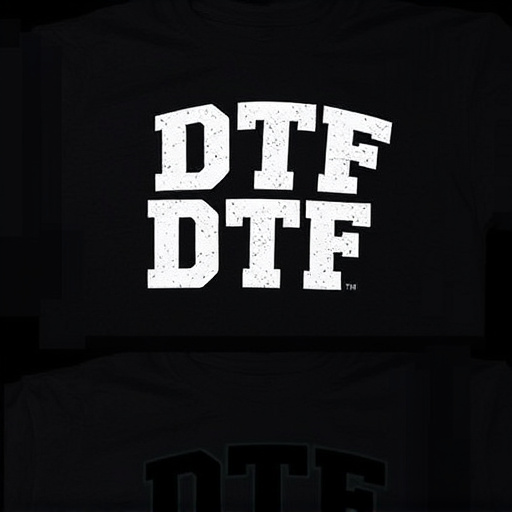
When packaging custom DTF transfers for shipping, it’s paramount to prioritize the safety and integrity of delicate transfer designs. Start by selecting robust, acid-free paper or cardboard boxes designed to cushion and protect against impact during transit. Filling materials like shredded paper, bubble wrap, or foam inserts should be used to secure the transfers within the box, preventing movement that could cause creases or damage.
Additionally, consider the heat press process when choosing your packaging. Utilize custom sheets for heat pressing designs onto garments as a protective layer between the transfer and the pressing surface during shipping. Avoid using tape directly on the transfer itself, as it can leave residue and potentially distort the design. Instead, opt for secure yet gentle closure methods like sealing bags with resealable tape or fastening boxes with string or ribbon to minimize direct contact that could compromise the dtf transfers.
When packaging and shipping custom DTF transfers ready to press, adhering to best practices ensures the safe arrival of delicate designs. By utilizing protective materials, careful consideration during assembly, and avoiding common pitfalls, you can safeguard your creations from potential damage. Remember that proper packaging is a crucial step in maintaining the quality of your Custom DTF Transfers, ensuring they reach their destination intact for a successful printing experience.

